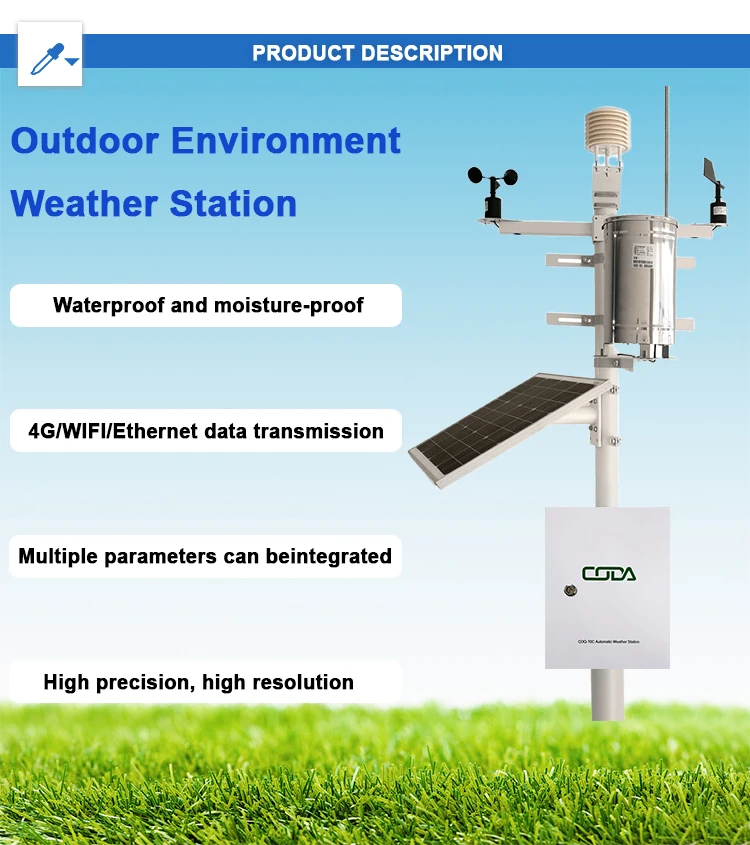Automatic Weather Station: Definition and Functionality

# Automatic Weather Station: Definition and Functionality
## What is an Automatic Weather Station?
An Automatic Weather Station (AWS) is a sophisticated system designed to collect and transmit meteorological data without the need for constant human intervention. These stations are equipped with various sensors that measure atmospheric conditions such as temperature, humidity, wind speed and direction, rainfall, barometric pressure, and solar radiation.
## Key Components of an Automatic Weather Station
An AWS typically consists of several essential components:
– Sensors: Specialized instruments that measure specific weather parameters
– Data logger: A device that records and stores measurements from the sensors
– Power supply: Usually solar panels with battery backup for continuous operation
– Communication system: Transmits collected data to a central database or server
– Mounting structure: Supports and protects the equipment from environmental factors
## How Automatic Weather Stations Work
The functionality of an AWS follows a systematic process:
1. Sensors continuously monitor environmental conditions
2. Measurements are converted into electrical signals
3. The data logger collects and stores these measurements at predetermined intervals
4. The system transmits the data via wired or wireless communication methods
5. Data is processed and made available for analysis and forecasting
## Applications of Automatic Weather Stations
Automatic Weather Stations serve numerous important purposes:
– Weather forecasting and climate monitoring
– Agricultural planning and irrigation management
– Aviation and maritime operations
– Disaster early warning systems
– Scientific research and environmental studies
– Urban planning and infrastructure development
## Advantages of Automatic Weather Stations
AWS technology offers several benefits over traditional weather observation methods:
– Continuous, real-time data collection
– Reduced human error in measurements
– Ability to operate in remote locations
– Lower operational costs compared to manned stations
– High precision and reliability of measurements
– Easy integration with other monitoring systems
## Future Developments in AWS Technology
The field of automatic weather monitoring continues to evolve with advancements in:
– Miniaturization of sensors
– Improved energy efficiency
– Enhanced data transmission technologies
– Integration with artificial intelligence for predictive analysis
– Development of more robust and weather-resistant materials
Automatic Weather Stations have become indispensable tools in modern meteorology, providing accurate and timely data that supports decision-making across various sectors. As technology advances, these systems will continue to play a crucial role in our understanding and prediction of weather patterns and climate change.
Keyword: what is automatic weather station